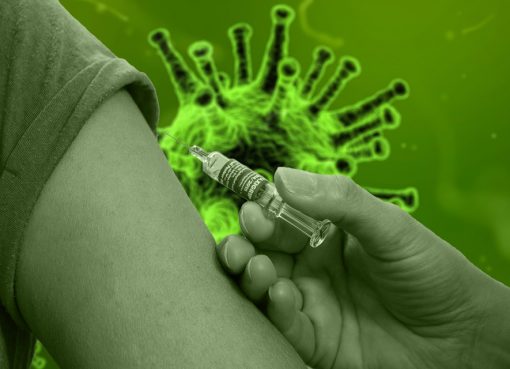The Artificial Leaf
A scientific team from University of Cambridge have invented a carbon-neutral device called Artificial Leaf for production of synthetic gas (syngas). Basically, syngas is a mixture of hydrogen, carbon dioxide and carbon monoxide, and used in production of fuels, pharmaceuticals, plastics and fertilisers. The device is based on the principle of photosynthesis by which green plants harvest sunlight for production of gas. The artificial leaf consists of two light absorbers and a catalyst made of cobalt. Upon immersion of the device into water, oxygen is produced by one of the absorbers using the catalyst, while other absorber produces carbon monoxide and hydrogen by reducing CO2 and H2O which ultimately forms the syngas. This device not only works on a sunny day but also gives better result on a rainy or cloudy day. Syngas has been already used for production of liquid fuel like petrol; so, the scientific team is currently focusing on production of liquid fuel directly from CO2 and H2O.
Source: Nature Materials, 2019; DOI: 10.1038/s41563-019-0501-6
Biodegradable bone screw from India
Metal screws are most commonly used in India to fix bone injuries as Poly Lactic Acid (PLLA) polymer-based screws are to be imported making it a costlier affair. To address this issue, researchers from IIT, Bombay have designed indigenous biodegradable screws made of Polycaprolactone (PCL) as the main polymer, and Magnesium Oxide (MgO) nanoparticles and short silk fibres as fillers. The indigenously designed polymer-based screws have better mechanical strength and are degradable at a faster rate compared to the customary PLLA polymer-based screws. The researchers successfully conducted Anterior Cruciate Ligament (ACL) reconstruction surgery on knees of rat and pig models. As a future plan, the team will now conduct experiment on large animals followed by human clinical trials after GMP grade manufacturing of the designed polymer-based screws.
Source: Biomedical Materials, 2019, 14:045020; DOI: 10.1088/1748-605X/ab16be
An unknown cell organelle
Recently, University of Virginia Health System has claimed to have discovered a new cell organelle. This organelle is found to be transient, i.e. it forms when cells require it and disappears after completion of its job. As reported, it forms during cell division and ensures that chromosomes are sorted correctly. The new organelle resembles a droplet of liquid that condenses within other liquid and its basic function is to correct errors in microtubules while pulling chromosomes during cell division so that each cell pairs up with the correct genetic material. Because of this basic function, the new organelle could be related to cancer as cancer cells undergo impaired cell division due to lack of such repair system during chromosome segregation. It was compared with a mixing vessel as this organelle allows aggregation of many essential proteins required for segregation of chromosomes as the cells divides.
Source: Nature Cell Biology, 2019, 21: 1127; DOI: 10.1038/s41556-019-0376-4 and
www.sciencedaily.com/releases/2019/10/191023093433.htm
Plastic replacing plastics
We all know its harmfulness; still so-called ‘Plastics’ have become an indispensable object of modern civilised life and have remained a major threat to the environment. The government and many other agencies are frequently organizing awareness campaigns against the use of plastics in day-to-day life. One of the slogans against plastics has been: “If you can’t REUSE it, REFUSE it”. Recently, scientists from multiple institutes have developed a novel biodegradable and bio-renewable form of plastic. This new plastic material is a co-polymer of gamma-butyrolactone and trans-hexahydrophthalide making it fully recyclable. The mechanical properties are similar to commercial plastic materials available in the market. Because of its bio-renewable and biodegradable properties, it will be produced at a lower cost and will surely help to keep our planet safe and clean.
Source: Nature Communications, 2019, 10:3559; DOI: 10.1038/s41467-019-11525-x
New technology to synthesize artificial DNA
Camena Bioscience, a synthetic biology company, has developed a new technique to synthesize DNA artificially. The technique is popularized as ‘gSynth’ and was found to be more accurate and specific compared to the conventional phosphoramidite method. The gSynth is a de novo, enzymatic DNA synthesis and assembly technology. Although, phosphoramidite method of DNA synthesis is considered as the gold-standard but the accuracy of gSynth is higher for longer segment of DNA. When compared for synthesis of 300 nucleotides long DNA fragment, accuracy of gSynth was 85.3%, whereas it was only 27% in case of phosphoramidite method. Another added advantage of gSynth over phosphoramidite method is that it accurately synthesizes (89.2% accuracy) homopolymers, which are difficult to produce.
Source: https://www.camenabio.com/assets/media/2019-10-24-pplication-note.pdf




